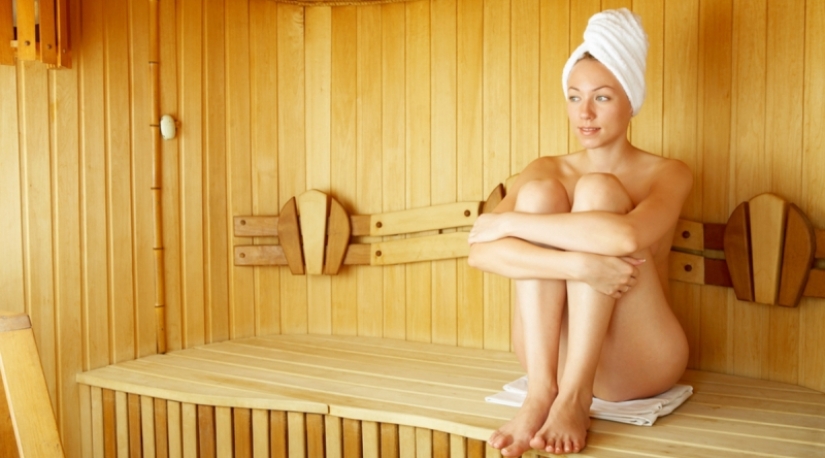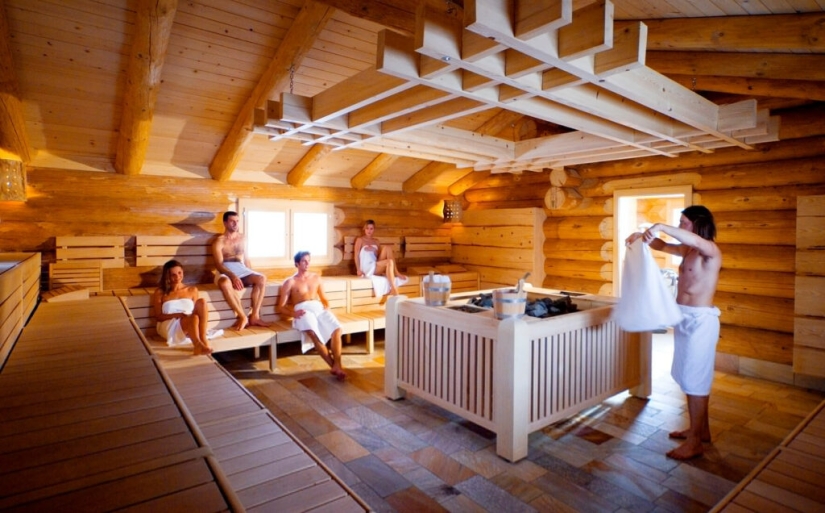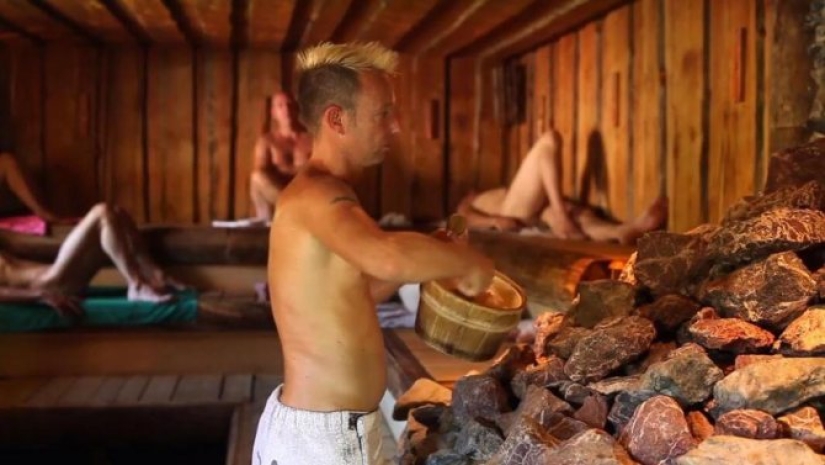Why German public baths shock foreigners
Categories: Culture | Europe | Society
By Pictolic https://pictolic.com/article/why-german-public-baths-shock-foreigners.htmlIn Germany, almost all baths are common for men, women and children. Everyone bathes together, not at all embarrassed by their own and other people's nudity. Entrance to the German bath in swimming trunks or a bathing suit is strictly prohibited. You can not even use rubber slippers. These rules apply everywhere, from washing and saunas to the pool. How did this unusual tradition come about?

The Germans, not without reason, believe that synthetic materials emit toxic substances in a humid and hot environment. Therefore, a person dressed in a bathing suit poisons not only himself, but also others. Anyone who tries to enter the bathhouse in swimming trunks or a bathing suit will simply not be allowed in. Moreover, they will look at him as an eccentric and someone who covers causal places with his hands or a basin.

The Germans are absolutely not shy about their nudity. You can see how naked teenagers swim next to the naked mothers of classmates and even teachers. For them, this is completely normal. Some baths have separate days for men and women, but this is not common. This division is designed more for foreigners than for locals. To many foreigners, even those who have lived in Germany for many years, public baths seem strange and they avoid them.
In German society, it is considered the norm when business partners invite each other to home saunas and talk naked there. For those who are not accustomed to such orders, it is difficult to look natural in these conditions. After all, if the guest blushes, hides behind, considers others, or simply behaves stiffly, he may not be understood.

German saunas consist of two parts. The first is called Textilfrei, which translates as "a zone without clothes." The second includes a lounge area, water slides and a bar. You can stay there wrapped in a towel or even in swimming trunks. But this is completely optional and most Germans proudly walk around in what their mother gave birth even there.
Other rules apply in bathing establishments in Germany. For example, you can’t make noise there and even just talk loudly. This behavior may prevent other visitors from relaxing. On the shelves you can not sit down and lie down naked. Before you settle in, you need to put a bath towel. By the way, towels in German baths are simply huge - their length reaches 2 meters.

A special ceremony in the German bath is the pouring of red-hot stones. It's called "Aufguss". Stones are poured not just with water, but with tincture of eucalyptus, orange, mint aromatic oils or honey. In the process, the sauna employee jokes with the visitors and tells them various funny stories. During the "aufguss" it is impossible to leave the room, so as not to release fragrant steam. An exception is made only for those who feel bad.
Usually after the "aufguss" visitors move on to swimming. German saunas create a pleasant and relaxed atmosphere. Pleasant music plays, and employees distribute ice cubes, creams and salts for free. At the end of the session, ice cream, juice or a cup of tea are offered. You don't have to pay for food - everything is included in the price of the entrance ticket.
Recent articles

There are dolls very similar to living people. And there are so realistic that their appearance can only be explained by magic. ...

Japan is deservedly considered one of the safest countries in the world. Even organized crime there has a "human face" ...

Famous British photographer Bob Carlos Clarke was born in an Irish corps in 1950. In 1969 he moved to England to study art and ...